The United Republic of Tanzania is a country in Eastern Africa with Kenya as one of its neighbors. The country is known for its extensive wilderness.
As of November 2022, the population of Tanzania is 63,778,908 people, according to Worldometer. It is ranked 160th out of the 191 countries on the UNDP’s Development Index. It became a lower-middle-income country in July 2020.
This article aims to walk through the most recent education statistics in Tanzania.
Key Statistics for Education in Tanzania
- According to the Borgen Project, in 2015, the literacy rate in Tanzania was 77.89%.
- According to data from the World Bank, the primary school gross enrollment ratio in Tanzania in 2020 was 96.91%.
- According to Tanzania Education Corp, only 58% of the country’s students complete primary school, and only 34% complete their secondary education.
- According to the Tanzania Commission for Universities, in 2021, 54,810 students graduated from university.
- The World Bank records that in 2021, mainland Tanzania had 12.3 million students enrolled in primary/pre-primary classes.
- According to Statista, in 2019, 2.3 million students were enrolled in secondary schools.
What is the Literacy Rate in Tanzania?
According to UNESCO, the literacy rate represents the ability of a certain age group to read and write. This is a broad term with subcategories like youth and elderly literacy rates. The adult literacy rate represents people ages 15 and above. The youth literacy rate caters to the age range of 15-24 years, while the elderly are 65 and above.
According to data from the World Bank, the literacy rate in Tanzania was 77.89% by 2015. Unfortunately, more up-to-date stats for this figure were not available at the time of writing.
Statista provides figures for the number of graduates per year in Tanzania. According to them:
- In 2020, 48.6 thousand students graduated from university-level education. 55.5% were males. However, in 2019, the overall number of graduates was 51.2 thousand.
- In the academic year 2020-2021, Tanzania had more than 206 thousand university students. Almost 57% of these students were male.
Furthermore, IPP Media records that in 2022, 48,621 students graduated from university. According to the data, about 56% of these students were male.
How Does the Tanzanian Education System Work?
Asante Sana for Education (ASFE) is an organization that provides educational support and opportunities to the children of Tanzania. This is either by upgrading existing facilities or by providing tools and support to improve the standard of education.
Source: ASFE
According to ASFE, the Tanzanian education system consists of the following:
- Seven years of primary education.
- Six Years of secondary education.
- Four years of Ordinary education.
- Two years of Advanced education.
- Three or four years of college.
Primary Education
Children are taught in Kiswahili, their native language. Although ASFE tries to ensure education free of cost, school supplies like books and uniforms are mostly unaffordable.
Primary education consists of standards, which are levels studied per year. In Tanzania, children are taught English starting from standard 3. National exams begin in the fourth standard, whereas final examinations after the seventh standard determine a student’s road to secondary school.
Secondary Education
The medium of instruction in secondary schools is English. It is divided into two levels:
- Ordinary Level. This level is further divided into Forms 1-4.
- Advanced Level. This level is further divided into Forms 5-6.
Only students who pass Form 6 can enroll in a university. Those who fail Form 4 or 6 are transferred to an Advanced Vocational School where they may train to become head primary school teachers, among other things.
How Many Children Go to School in Tanzania?
1. Primary Schools
The following chart presents the gross and net enrollment ratios for primary schools between 2016 and 2019.
The data suggest that Tanzania had been on an upward trajectory till 2019. The latest NER shown in the figure suggests that 95% of all children who were of primary school age were enrolled in 2019.
The following graph shows how many students went into secondary education following enrollment in primary schools.
The data suggests that around 25% of students were not transitioning into secondary education in Tanzania by 2019. If these students did not enroll in secondary school afterwards, that would leave a quarter of the student population with only six years of education in their lives.
Source: The Ministry of Education, Science and Technology, Tanzania
In one of their articles, the World Bank mentions that mainland Tanzania had 12.3 million students enrolled in primary and pre-primary classes in 2021.
Trading Economics provides forecasts for different aspects of 196 countries. According to their findings, the primary school gross enrollment rate in the country in 2020 was 96.91%. This is as per the data from the World Bank.
According to the same source, the gross enrollment ratio is the ratio of total enrollment, regardless of age, to the population of the age group that officially corresponds to the level of education shown. GERs over 100% indicate that a country has more than enough resources to accommodate the educational needs of the official school-going age.
USAID published a document in January 2022 summarizing their efforts to improve literacy in Tanzania. Among many of their projects is the Jifunze Uelewe, or “Learn to Understand”, which aims to enhance the literacy and numerical skills of over 1.2 million children from pre-primary school age to grade four.
The Tanzania Education Corp, in collaboration with Tumaini Schools, educates 1100 students in three schools situated in Northern Tanzania.
They mention that only around 58% of students can complete primary school, whereas only 34% make it through secondary school.
Source: Brookings.edu
2. Secondary Schools
Source: The Ministry of Education, Science and Technology, Tanzania
The graph above shows that enrollments in secondary education were far fewer than in primary education in Tanzania up till 2019. The highest total was in 2019, at slightly less than 44%. Interestingly, female enrollments consistently outnumbered those of males in secondary schools.
In February 2017, UNICEF published an article containing an account of a young Tanzanian girl who was denied her right to education. The article states that nearly 5.1 million children aged 7-17 years old were out of school in the year. 1.5 million of them were of lower secondary grades.
According to Statista, in 2019, 2.3 million students were enrolled in secondary schools. After 2017, there were a larger number of girls attending school than boys in contrast to previous years, where the number of males has always been higher.
According to the statistics provided above, most Tanzanian children have not been able to complete their primary and secondary education. Although the figures demonstrate high enrollment rates at both levels, the dropout rate cannot be ignored. Thus, the net percentage of children graduating from primary and secondary schools is lower than one would expect.
What is the State of Female Education in Tanzania?
Source: The Ministry of Education, Science and Technology, Tanzania
The chart above shows that there has been a consistent difference between male and female enrollments in higher education. Females have enrolled in higher education less than males have up till the latest year presented. It is worth noting that this is in contrast to the data about enrollments in lower secondary schools.
According to UNICEF, Tanzanian girls suffer more than boys regarding access to educational facilities and being prone to dropping out. They may bear the brunt of poverty, which may incentivize boys’ education over that of girls.
They may also be forced into child marriages or drop out because of underage pregnancies. According to a post by the World Bank in November 2021, around 120 thousand girls drop out of school every year. Out of these, 6.5 thousand do so because of pregnancies.
Furthermore, more than one-third of girls are forcefully married off by the age of 18. Most of them belong to poorer families.
Until recently, Tanzanian laws were particularly harsh regarding pregnant females. Girls were regularly given pregnancy tests in school and expelled in case the test was positive. They claimed this is because of immorality; thus, pursuing further education for such girls remains merely a wish.
This law was changed in 2022 to allow young mothers and pregnant females to pursue their education again. The move came after pleas by human rights organizations to the World Bank to change the terms of a loan to the government. The government had previously meant to use part of this loan to promote a separate education program meant for pregnant women and mothers.
Furthermore, the World Bank mentions the BOOST Primary Student Learning Program. It was given funding of $500 million and aimed to provide an interactive and healthy learning experience for students across Tanzania. They especially guaranteed the inclusivity of girls while aiming to reduce gender disparity when it comes to education.
UNESCO was involved in the data collection for the factors that hinder girls’ education. This data was collected on both regional and district levels. Its aim was to aid the development of policies that support women’s and girls’ education in Tanzania.
Although there were not many recent figures available on the state of female education, one can tell that Tanzanian girls have suffered more than boys. They are subject to domestic abuse and forced into child marriages.
Many organizations are working to eliminate such discrimination. However, it may be a while before results are produced.
Which Parts of Tanzania are the Most Educated?
The Ministry of Education, Science and Technology (MoEST) released the 2019 Annual Education Sector Performance Report (AESPR) on education statistics in Tanzania in 2020. The following statistics are in accordance with this report.
1. Pre-Primary
The enrollment rates in pre-primary education in Tanzania have been reasonably low, but it is still possible to make comparisons.
- Songwe: Songwe had the highest annual pre-primary school enrollment rate of 10.0%. It had a 3.1% growth in enrollment rate from 2018 to 2019.
- Dodoma: Dodoma had a pre-primary school enrollment rate of 6.4%. It was also one of the regions with a high enrollment rate growth of 6.5%. This is around 1.7% higher than the national average. It also has a primary school Gross Enrollment Ratio or GER of 97.9%.
- Tabora: Tabora had a pre-primary school enrollment rate of 5.8%. The GER, however, was only 54.6%. Moreover, Tabora had a 7.6% growth in enrollment rate.
- Mbeya: Mlbeya had a pre-primary school enrollment rate of 3.7%. In terms of density, it also has one of the highest numbers of children per secondary school at 542.5.
- Manyara: Manyara had a pre-primary school enrollment rate of 3.6%. It also has a primary school GER of 91.9%. In terms of density, it also has one of the highest numbers of children per secondary school, which is 388.5.
2. Primary
The following regions had GERs over 120%:
- Pwani (151.8%)
- Geita (136.3%)
- Mara (128.5%)
- Iringa (125.0%)
- Katavi (124.9%)
- Njombe (124.0%)
- Mtwara (123.6%)
- Lindi (121.2%)
The following regions had GERs below 100%:
- Kigoma (89.8%)
- Manyara (91.9%)
- Dar es salaam (96.1%)
- Kagera (97.3%)
- Tabora (97.9%)
3. Secondary
The following regions had a Lower Secondary GER of over 60% (i.e. significantly above the national average). These are:
- Kilimanjaro (70.6%)
- Iringa (66.4%)
- Pwani (64.7%)
- Dar es Salaam (61.8%)
- Mbeya (60.7%)
At the other end of the scale, there are four regions with very low GER (less than 30%). These are:
- Tabora (26.9%)
- Simiyu (29.0%)
- Kigoma (29.3%)
- Katavi (29.8%)
What are the Biggest Issues in the Tanzanian Education System?
The Borgen Project published an article explaining the potential solutions to Tanzania’s low literacy rates. However, it also mentions some of the factors that are behind these numbers.
-
Lack of Financial Resources
The government’s very small budget allocation towards the education sector is the primary cause of high illiteracy rates in Tanzania. This prevents educational institutions from providing students with better learning equipment and facilities. Similarly, the lack of capital causes staff shortages and substandard teacher training. Classrooms are of limited capacity, and learning resources are insufficient. Thus, many children miss out on the opportunity to study, resulting in higher dropout rates.
-
Lack of Sanitary Facilities
Furthermore, schools in Tanzania do not provide sanitary facilities, including hand washing facilities. According to another Borgen Project article (2019), 84% of primary schools did not have hand-washing facilities at all. That is around 2,697 schools. This causes children to contract diseases such as dysentery, diarrhea, and acute respiratory infections.
-
Lack of Qualified Personnel
According to the World Bank, low teacher competency is another reason for the absence of a fluid curriculum and an efficient education system. When teachers are not provided adequate training sessions and pay rates are low, they are unwilling to put in the effort to teach.
What Efforts are Being Made to Improve Literacy in Tanzania?
1. Public Policy Measures
There have been several initiatives to improve the current education system in Tanzania. For example, according to a post by the Borgen Project in October 2021, the Tanzanian government has agreed to allocate 15% of its national budget to improve literacy. They aim to achieve a 100% literacy rate by 2030 through their National Adult Literacy and Mass Education Rolling Strategy 2020/21 to 2024/25.
2. Global Partnership for Education
GPE follows a strategic plan in order to transform education systems worldwide. They work both as a partnership and a fund by gathering multiple organizations willing to donate to their cause.
According to a report by the GPE, in the years 2021-2022, Tanzania was provided with a $15.16 million grant to support its educational schemes. It supported the idea of distance learning which was especially helpful after the global pandemic. This included the development of broadcasting systems and online learning platforms.
Similarly, textbooks were provided to students to give them additional support. This improved the overall student-to-textbook ratio.
Also, handwashing stations were set up since their absence caused the spread of multiple diseases among children.
3. UNICEF
In March 2020, the UNICEF office sent $140,000 to aid the Ministry of Education in its policies combating the pandemic.
UNICEF is also working on agendas to improve educational facilities for disabled students. This includes interpreting sign language for children who have hearing disabilities.
In one of their publications, UNICEF stated what goals they wanted to achieve by 2021. This included:
- Being able to deliver relevant primary education.
- Better planning strategies that allow students who, for whatever reason, could not attend school to complete primary education.
4. UNESCO
The UNESCO Office in Dar es Salaam is working on their O3 Plus NSC Project that focuses on student health in various institutions. Their main objective in the past was to ensure safety protocols in response to the effects of the pandemic. They are implementing policies to incorporate basic life skills and health courses for higher education students. The project currently covers around 15 institutions, including the universities of Dodoma and Dar es Salaam. They expect positive outcomes and hope to open doors to new opportunities for students and staff alike.
Conclusion
The primary reason for the low literacy rates among different age groups in Tanzania is the lack of investment and inadequate budget allocation towards the education sector. This results in students missing out on learning opportunities since classrooms are overcrowded and resources need to increase.
Similarly, illiteracy among girls is higher due to gender discrimination and the precedence of a boy’s education over a girl’s. Girls may be victims of early marriages and adolescent pregnancies.
Despite the factors that hinder education in Tanzania, the country is slowly overcoming its crunch with the help of international aid from organizations such as UNICEF. Henceforth, Tanzania is on a path to steady improvement. They are most likely to achieve their goals if they devise a budget allocation plan for their education sector.
![Education Statistics in Tanzania [100% Updated] 1 Education Statistics for Tanzania](https://zoets.b-cdn.net/wp-content/uploads/2023/04/Education-Statistics-for-Tanzania-scaled-e1682085578816.jpg)
![Education Statistics in Tanzania [100% Updated] 2 What is the Literacy Rate in Tanzania](https://zoets.b-cdn.net/wp-content/uploads/2023/04/What-is-the-Literacy-Rate-in-Tanzania.jpg)
![Education Statistics in Tanzania [100% Updated] 3 How Does the Tanzanian Education System Work](https://zoets.b-cdn.net/wp-content/uploads/2023/04/How-Does-the-Tanzanian-Education-System-Work.jpg)
![Education Statistics in Tanzania [100% Updated] 4 How Many Children Go to School in Tanzania](https://zoets.b-cdn.net/wp-content/uploads/2023/04/How-Many-Children-Go-to-School-in-Tanzania.jpg)
![Education Statistics in Tanzania [100% Updated] 5 secondary education rate in tanzania](https://zoets.b-cdn.net/wp-content/uploads/2023/04/secondary-education-rate-in-tanzania.jpg)
![Education Statistics in Tanzania [100% Updated] 6 Gross enrollment in school tanzania](https://zoets.b-cdn.net/wp-content/uploads/2023/04/Gross-enrollment-in-school-tanzania.jpg)
![Education Statistics in Tanzania [100% Updated] 7 enrollments in secondary education in Tanzania up till 2019](https://zoets.b-cdn.net/wp-content/uploads/2023/04/enrollments-in-secondary-education-in-Tanzania-up-till-2019.jpg)
![Education Statistics in Tanzania [100% Updated] 8 What is the State of Female Education in Tanzania](https://zoets.b-cdn.net/wp-content/uploads/2023/04/What-is-the-State-of-Female-Education-in-Tanzania.jpg)
![Education Statistics in Tanzania [100% Updated] 9 Which Parts of Tanzania are the Most Educated](https://zoets.b-cdn.net/wp-content/uploads/2023/04/Which-Parts-of-Tanzania-are-the-Most-Educated-1024x768.jpg)
![Education Statistics in Tanzania [100% Updated] 10 What are the Biggest Issues in the Tanzanian Education System](https://zoets.b-cdn.net/wp-content/uploads/2023/04/What-are-the-Biggest-Issues-in-the-Tanzanian-Education-System.jpg)
![Education Statistics in Tanzania [100% Updated] 11 What Efforts are Being Made to Improve Literacy in Tanzania](https://zoets.b-cdn.net/wp-content/uploads/2023/04/What-Efforts-are-Being-Made-to-Improve-Literacy-in-Tanzania-1024x683.jpg)

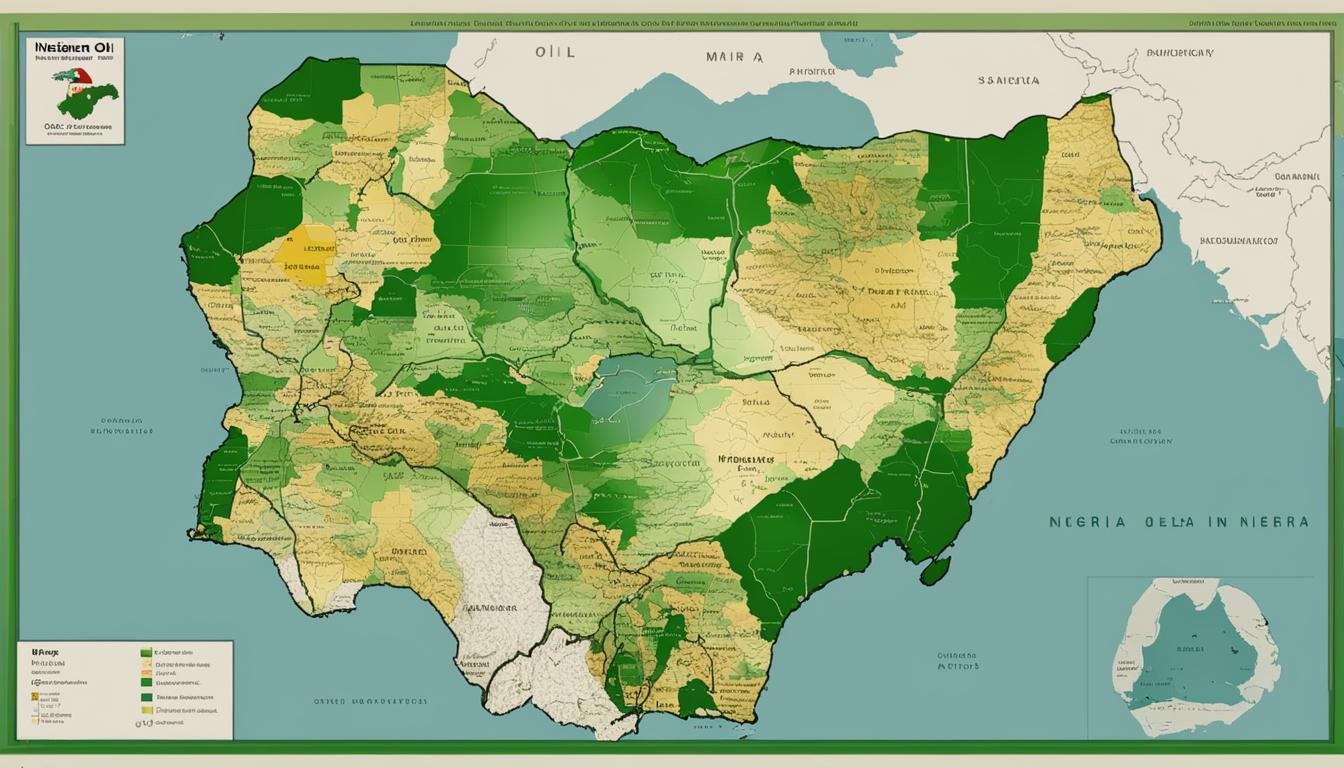
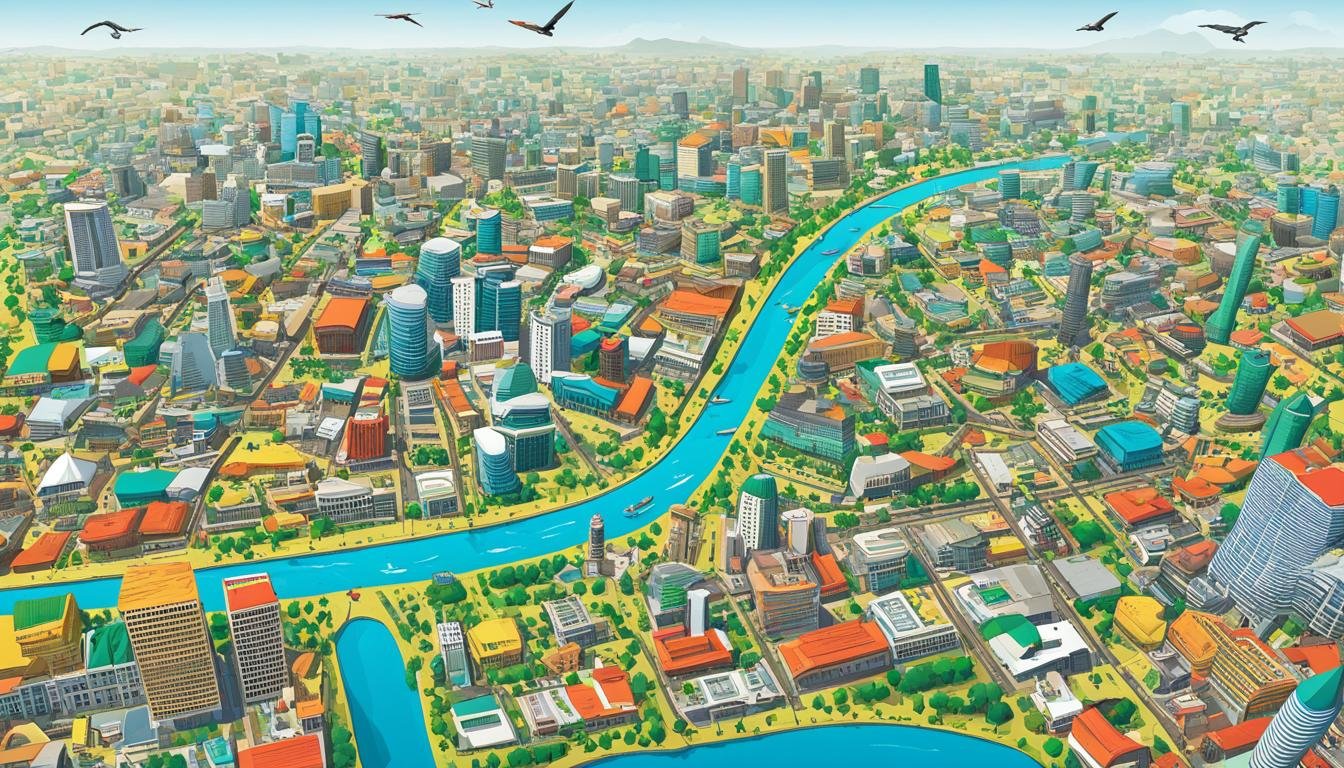


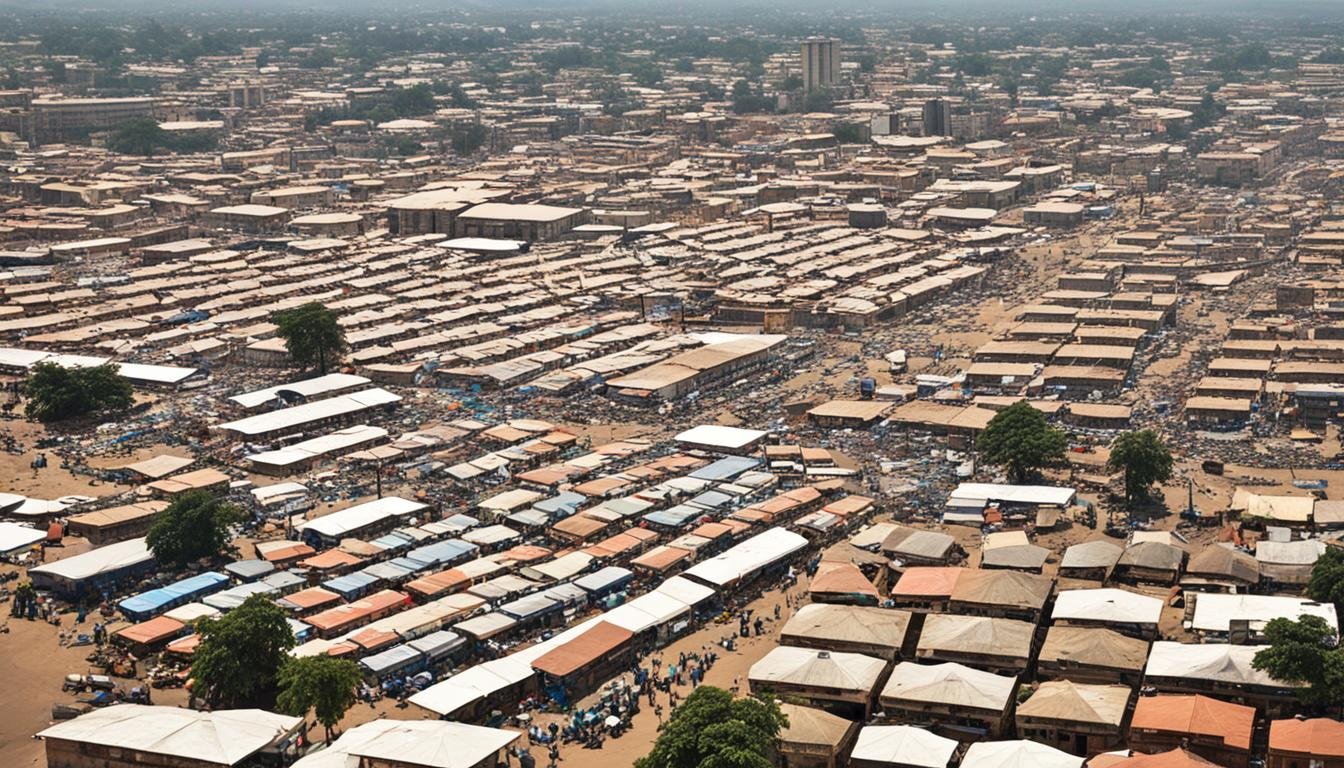
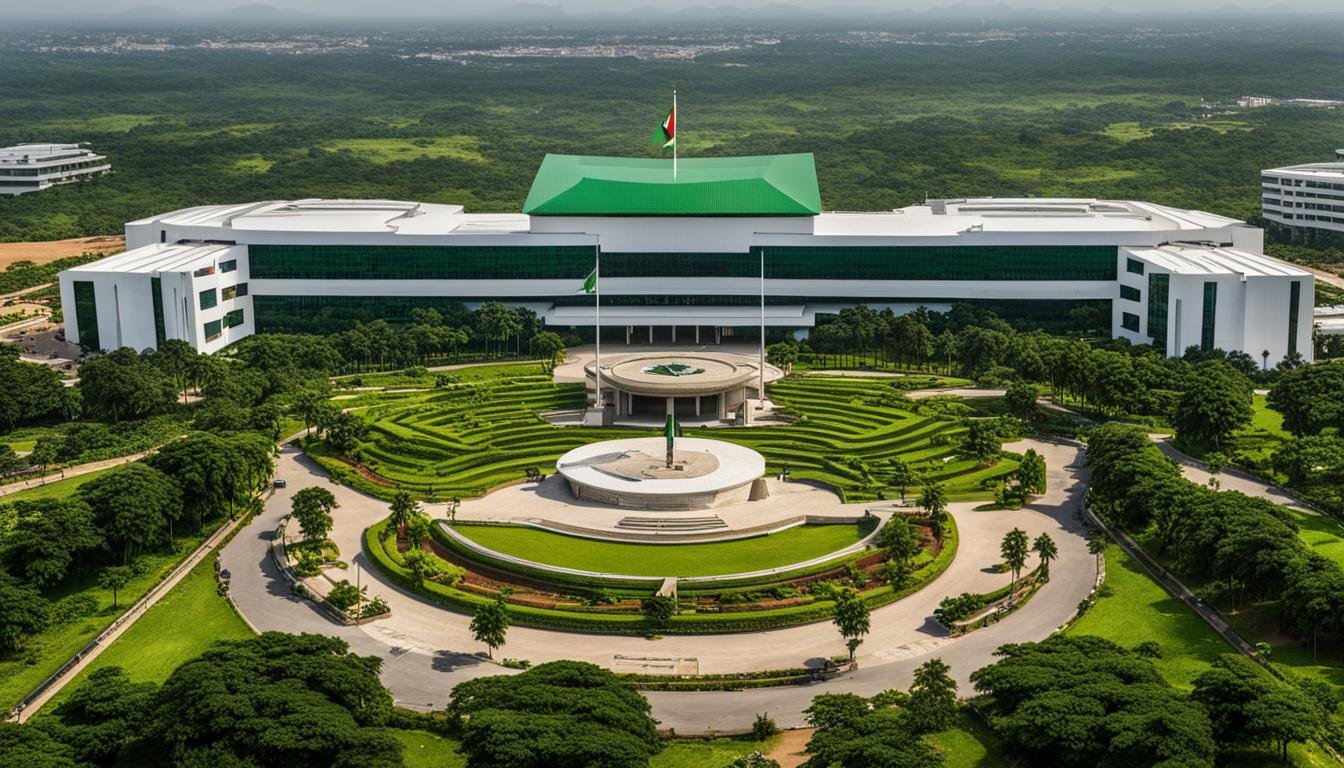
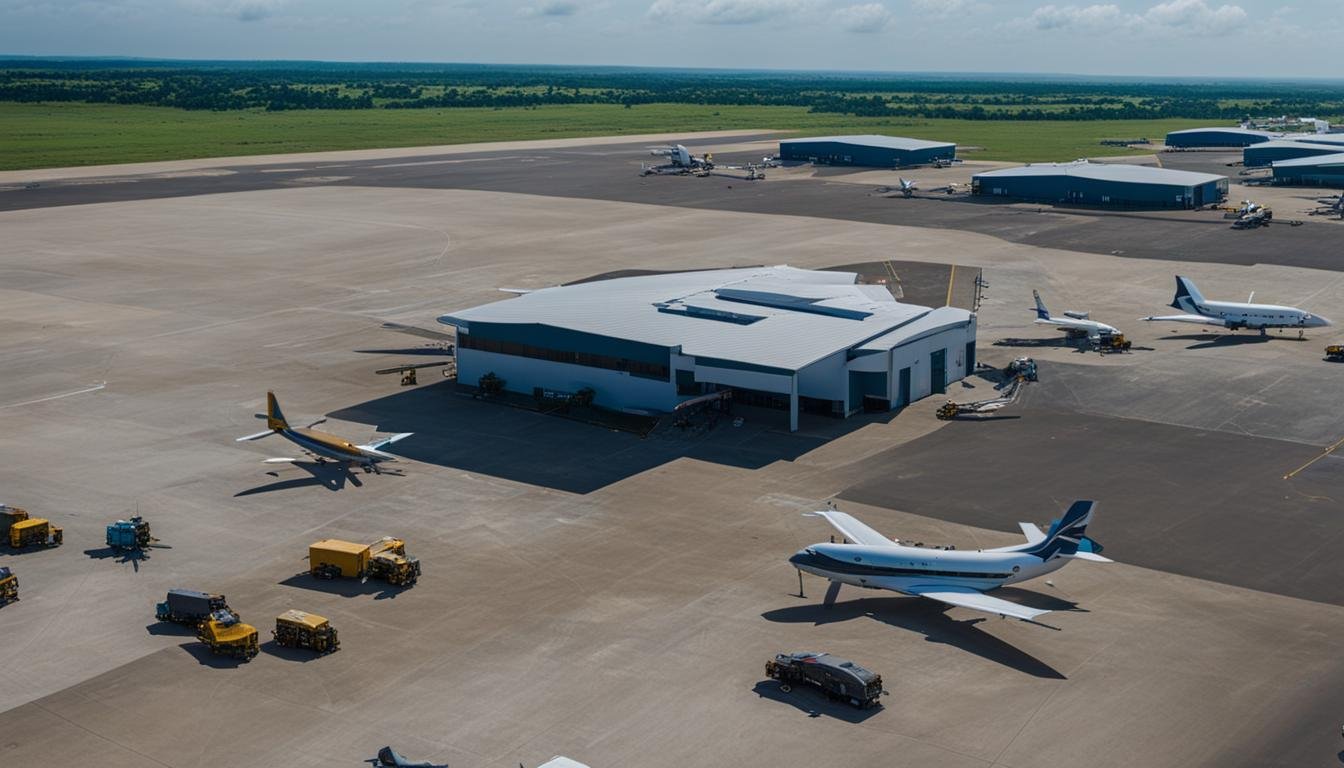
![Education and Skills Gap Statistics in the US [3 FAQs] 20 Education and Skills Gap Statistics in the US](https://zoets.b-cdn.net/wp-content/uploads/2024/01/pexels-kai-pilger-414530-scaled-e1704203026801.jpg)